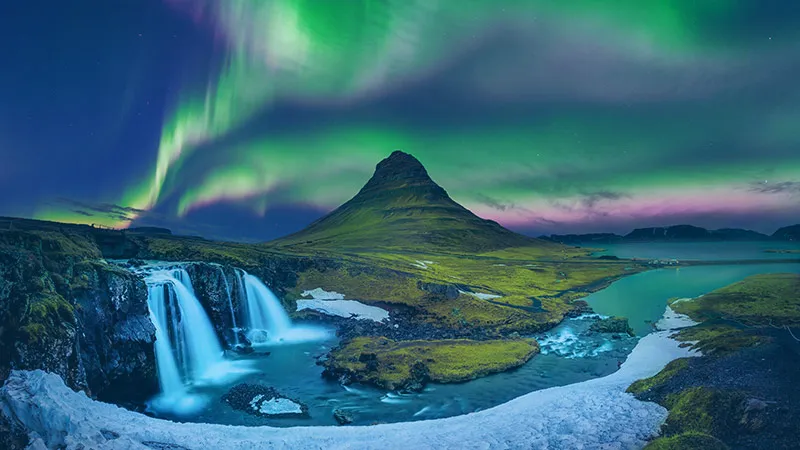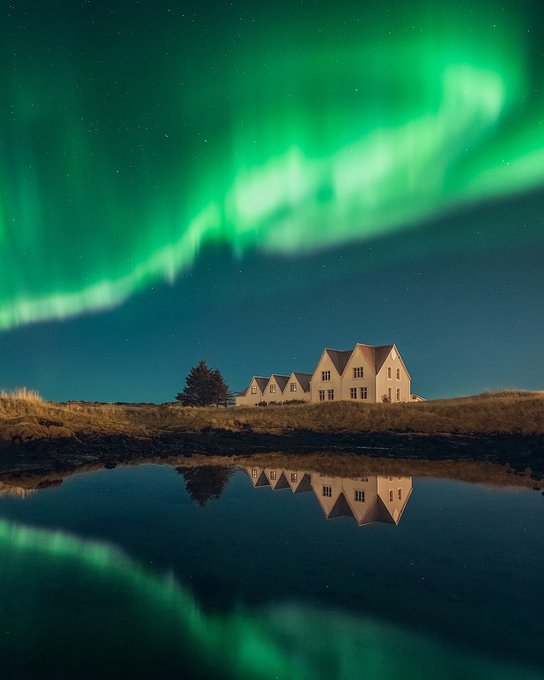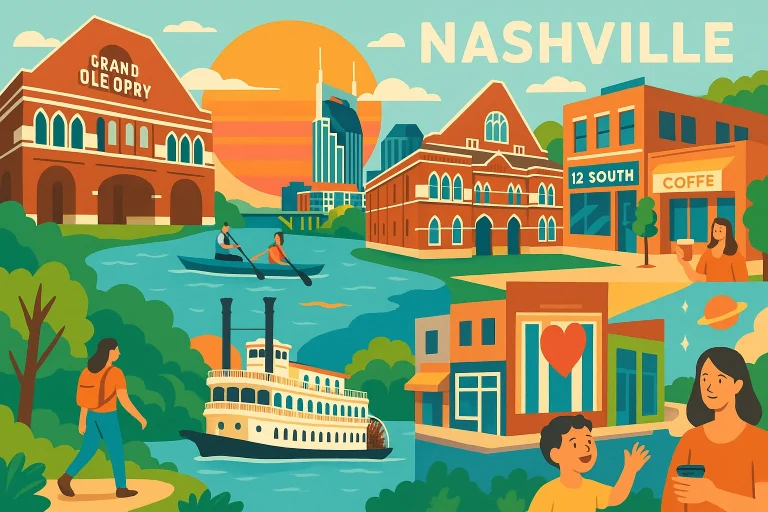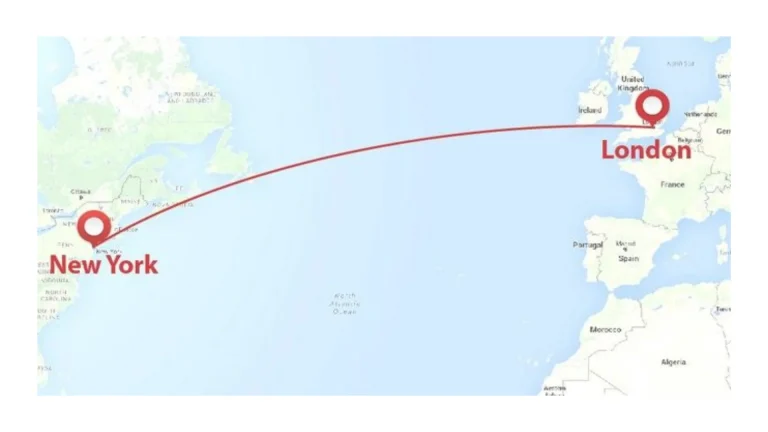Best Time to Visit Iceland
Iceland transforms throughout the year, offering distinct landscapes and experiences catering to a wide range of interests. Northern Lights hunters visit in winter, while those seeking fewer crowds head to the shoulder seasons of autumn and spring.
The best time to visit Iceland is in summer when sightseeing attractions are open and the days are long although you are from India, UK, USA & Australia. This is also the time to see puffins, whales and a thriving bird population.

Spring
In spring (March-May) you can experience Iceland’s planet best time to visit Iceland without the peak-season crowds lonely. This is also a cheapest time to live here, rent hotels and enjoy more events. The days grow longer and the landscape awakens from winter’s slumber with bright green hillsides moss, colorful daffodils, and puffin colonies on seaside cliffs. Bird watchers can also spot the rare golden plover, while other wild animals are at their most active, including fluffy-tailed arctic foxes and Icelandic horses.
April is a wonderful time to rent a car and explore Iceland’s famous black sand beaches, towering waterfalls, and charming coastal towns. The snow is melting and the scenery is breathtaking, especially if you visit the basalt columns of Reynisfjara, the ice-speckled Diamond Beach, or the volcanic sands of Vik.
You can also try riding an Icelandic horse on a guided excursion and enjoy sweeping views of mountains, glaciers, lava fields, and the vast expanse of untouched wilderness. The weather wise is usually warm and dry, though it can still be cold and windy at higher altitudes.
The Northern Lights season begins in May, and June through August are the hottest months with long days, summer festivals, and a chance to see migratory whales. This is also the best time to go on a tour to the Highlands or the remote Snfellsnes peninsula, as roads are open and free of snow.
Summer
In summer (from late May or early June to August) Iceland’s daylight hours are long, and the country bustles with sightseeing attractions open and in full swing. The temperatures are warm, but still mild enough for hiking, hitchiking camping and other outdoor adventures. Iceland also hosts many music and cultural festivals at this time, including the famed Laugavegurin lava run. This is also the best time to spot puffins, as they spend 8 to 10 million nights in Iceland each year for mating and nesting.
One drawback to visiting Iceland in the summer is that it’s also peak travel season, so popular sights and tours are often overcrowded. However, if you visit the island outside of the main tourist areas, you’ll find the country’s fjords, waterfalls and natural wonders are as stunning and uncrowded as ever.
From April to September, whales abound off the coast of Iceland as they migrate north for warmer waters and favored feeding grounds. Whale watching is one of the most popular activities in Iceland and the fjords are an ideal location for a whale-watching tour. this is also a good best time to visit diamond beach Iceland mostly sky is clear on these days. Also, during this time, you’ll have a good chance of seeing the magical Northern Lights. But, like all things in Iceland, the Northern Lights are sporadic and unpredictable.
Autumn
As summer comes to an end, Iceland starts to settle down for its long winter. This is a Best Time to Visit Iceland when the countryside turns from green to fiery golds and reds, as grassland and forest change to a palette of autumnal hues. It’s also a perfect season to see some of the country’s most beautiful waterfalls – such as Skogafoss and Seljalandsfoss – framed by their golden foliage.
This is also the time of year that Iceland’s oldest cultural tradition, Rettir, is celebrated. It’s a herding festival in which farmers call on the help of family, friends, and willing tourism to head into the mountains and round up the sheep and goats that have been roaming freely all summer.
As a shoulder season, there are fewer travelers around than in the summer or winter, so you’ll be more likely to have all of Iceland’s best attractions to yourself. With prices still lower than other times of the year, it’s an ideal time to experience all that the country greenland has to offer, while enjoying a little peace and quiet. You may find the weather a little colder at this time of year though, so be sure to bring warm clothes and waterproof hiking boots. Also be sure to pack layers, especially if you’re planning to explore glaciers or visit ice caves, as temperatures can drop without warning.
The end of northern lights season in Iceland is almost here!

If the skies are clear, now’s the perfect time to catch a glimpse of this breathtaking natural wonder.
Twitter
If you have a plan to visit Antarctica is read my article about my recent travel to Antarctica by hurtigruten.
Winter
The winter months from October to March is the best time to visit iceland for snow-based activities like ice caving and Northern Lights chasing. Prices are also much lower, unless you visit at Christmas or New Year when crowds are at their peak.
The dark skies and longer nights of winter offer a high chance of seeing the Northern Lights with more solar activity. With a short day (on the winter solstice) and plenty of snow on the ground, it’s easy to feel isolated from everything but the sights around you.
Winter is the best time to go whale watching as over two dozen cetacean species are found in Iceland’s waters. Avoid the summer crowds by traveling on one of our Responsible Whale Watching Tours, a trip that uses quiet boats and allows you to get up close to these amazing creatures.
Winter is also the perfect time to enjoy one of the many hot springs Iceland is famous for. With temperatures dropping and the ice caves reforming, it’s easy to get a closer look at these incredible formations. It’s also a great time for skiers, snowboarders, and anyone looking to enjoy the snow without the crowds. During the snowier months, you can explore the mountains and glaciers at their most untouched and unexplored. This is truly the best way to experience all that Iceland has to offer.
best time to visit iceland blue lagoon
Early morning or evening when sun sets. This is the best time to visit Iceland blue lagoon.
best time to visit diamond beach iceland
Summers are the best time to visit diamond beach in Ireland. The weather mostly in this days is clear.
best time to visit iceland for photography
The best time for photography depends on the type of shots you’re after. Summer, from June to August, offers long daylight hours and the Midnight Sun, giving photographers extended golden hours and access to remote landscapes like the Highlands and Westfjords. This season is perfect for capturing lush greenery, waterfalls in full flow, and wildlife such as puffins and whales. Winter, on the other hand, is ideal for dramatic shots of the Northern Lights, ice caves, and snow-covered volcanic terrain. Photographers flock here between October and March to shoot the aurora borealis against Iceland’s stark, icy backdrop. Spring brings blooming wildflowers, active wildlife, and powerful waterfalls fed by melting snow, while autumn adds fiery foliage and the return of the aurora season. Each season in Iceland transforms the landscape, offering photographers unique and breathtaking scenes year-round.
best time to visit golden circle iceland
The best time to visit the Golden Circle in Iceland is during the summer months from June to August, when daylight lasts up to 20 hours, roads are fully accessible, and weather conditions are mild. This makes it ideal for exploring Þingvellir National Park, Gullfoss waterfall, and the Geysir geothermal area without rushing. Spring (April–May) and autumn (September–October) are also excellent for photography, fewer crowds, and lower prices, while still offering good road conditions. Winter (November–March) brings snow-covered landscapes and a chance to see the Northern Lights, but roads may be icy and require caution.


